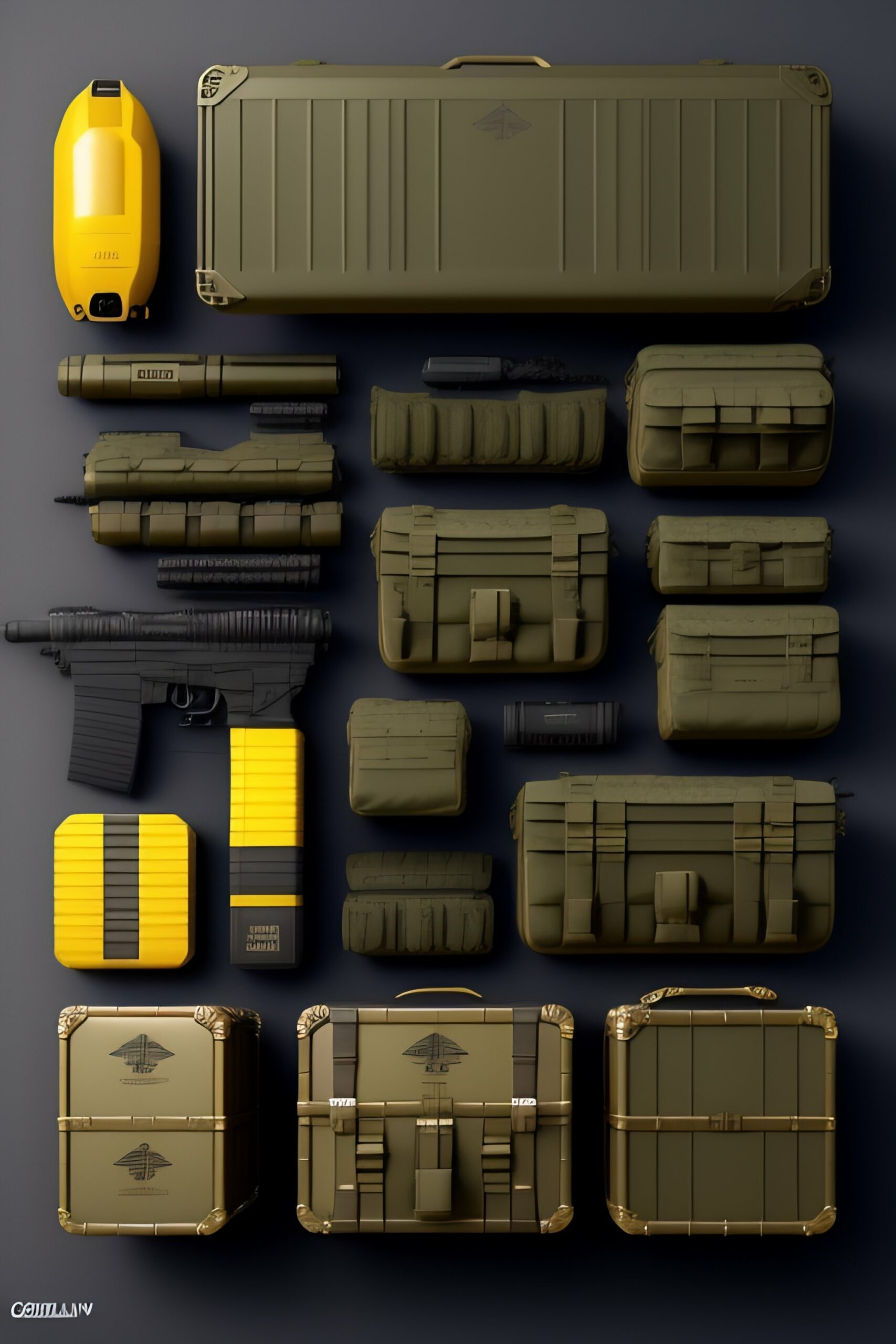The history of ammunition is a long and fascinating one. From the earliest days of warfare, when warriors used stones and arrows to fight, to the modern day, when bullets and missiles are used to wage war, ammunition has been an integral part of warfare.
The earliest known use of ammunition dates back to the Stone Age, when primitive weapons such as spears and arrows were used. These weapons were made of stone, wood, and bone, and were used to hunt animals and fight enemies. As time progressed, more sophisticated weapons were developed, such as the bow and arrow, and eventually the crossbow.
The invention of gunpowder in the 13th century marked a major turning point in the history of ammunition. Gunpowder allowed for the development of firearms, which revolutionized warfare. The first firearms were matchlock muskets, which were used in the 15th century. These muskets were slow to reload and inaccurate, but they were still a major improvement over earlier weapons.
In the 19th century, the invention of the cartridge revolutionized ammunition. Cartridges allowed for the rapid reloading of firearms, and made them much more accurate. This led to the development of more powerful weapons, such as the rifle and the machine gun.
The 20th century saw the development of more powerful and sophisticated ammunition. The invention of the machine gun and the tank made warfare much more deadly, and the development of the atomic bomb ushered in a new era of warfare.
Today, ammunition is more powerful and sophisticated than ever before. Modern ammunition includes bullets, shells, rockets, missiles, and even lasers. Ammunition is used in a variety of ways, from hunting to warfare, and it continues to evolve as technology advances.
The history of ammunition is a long and fascinating one. From the earliest days of warfare to the modern day, ammunition has been an integral part of warfare. As technology advances, so does the sophistication of ammunition, and it is sure to continue to evolve in the future.






